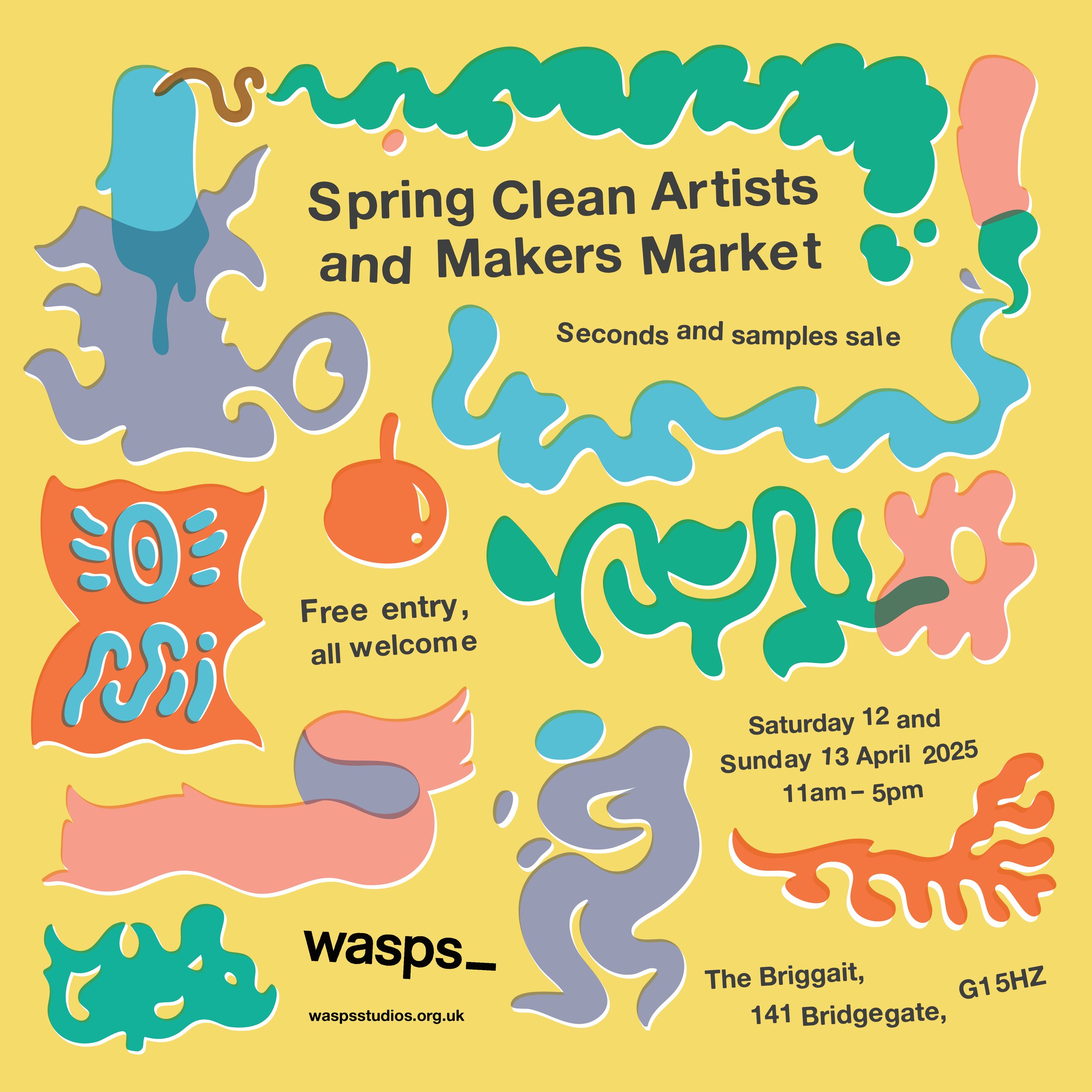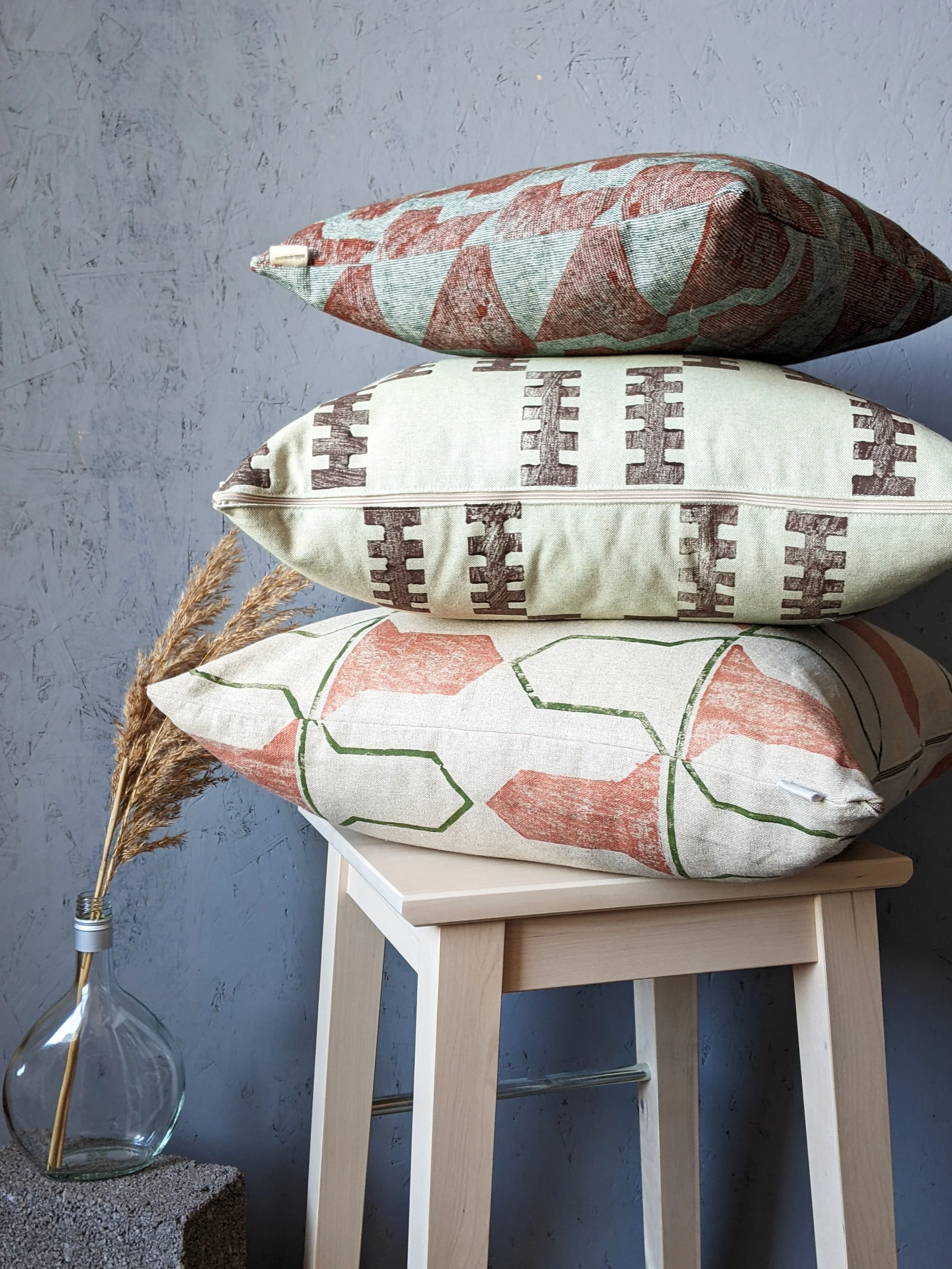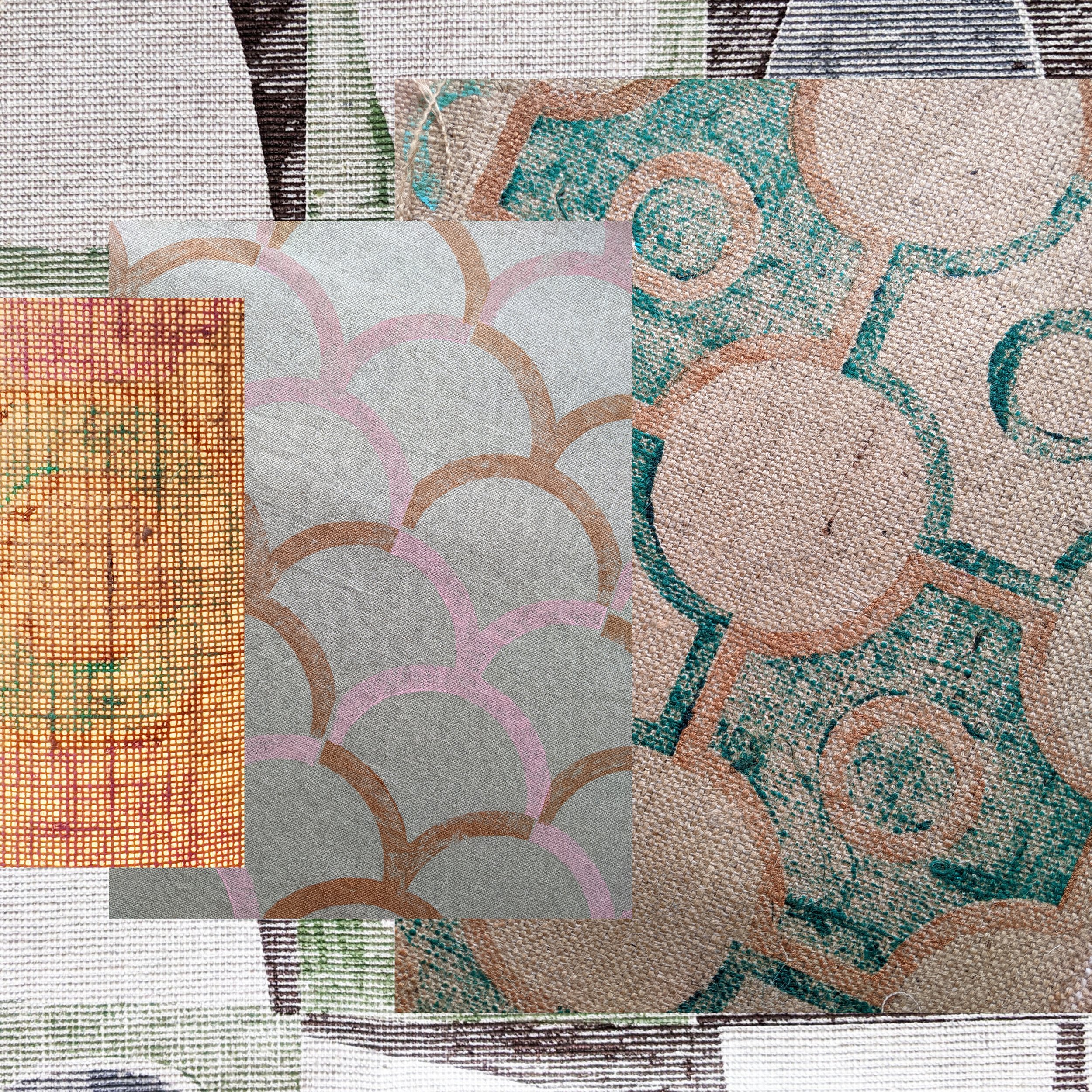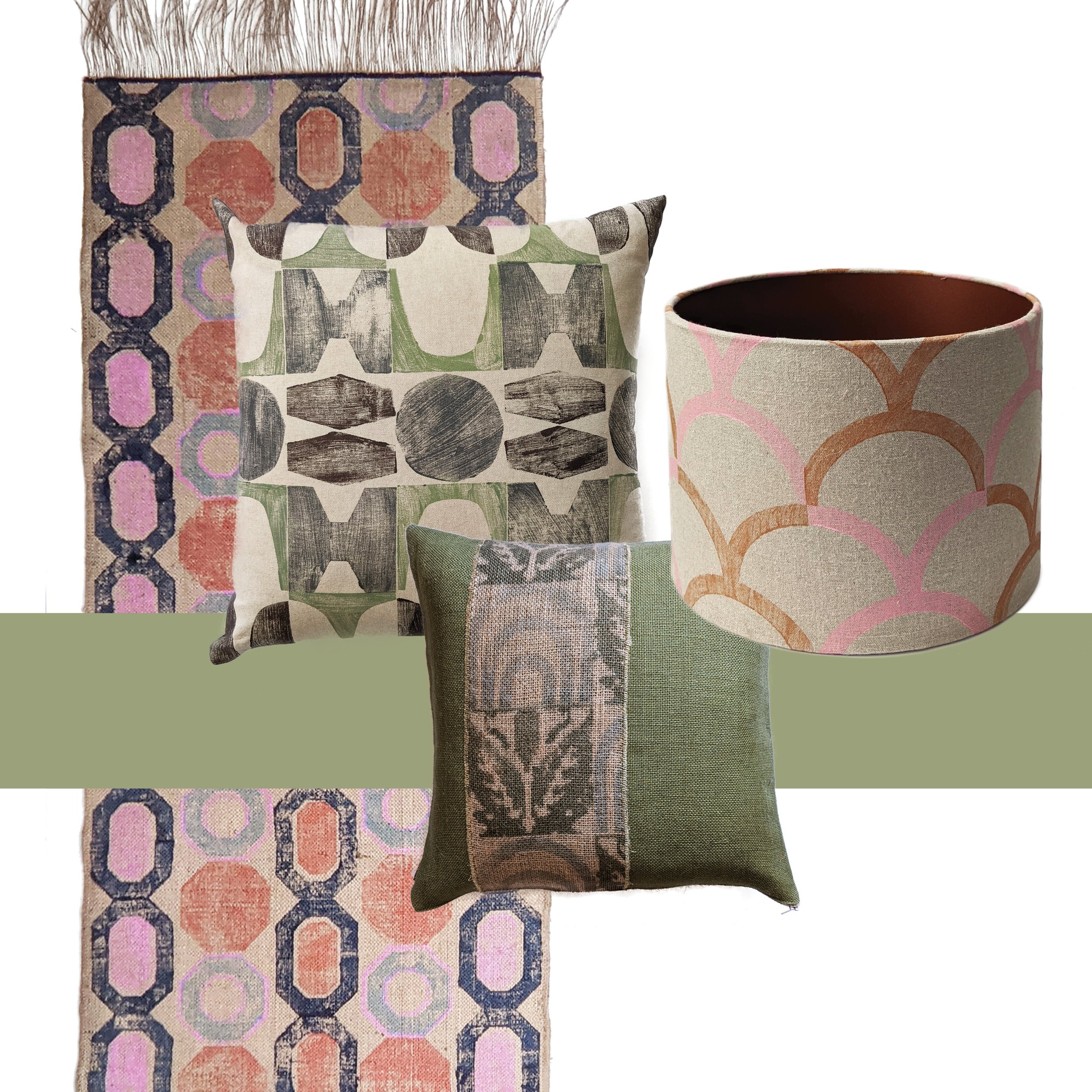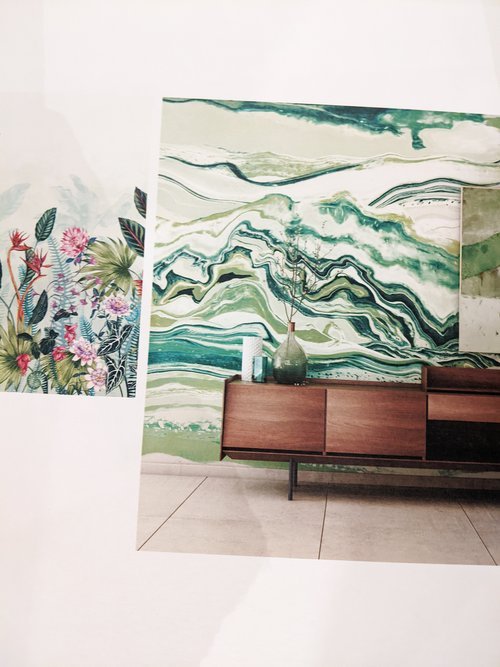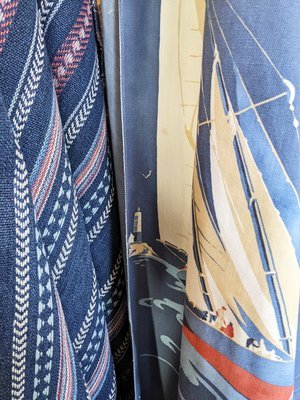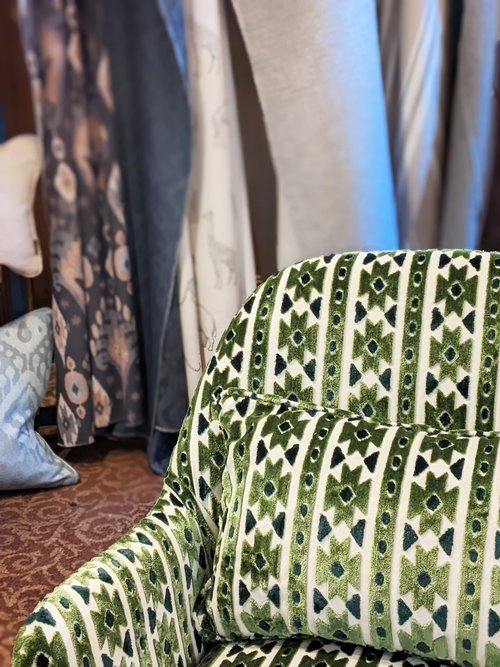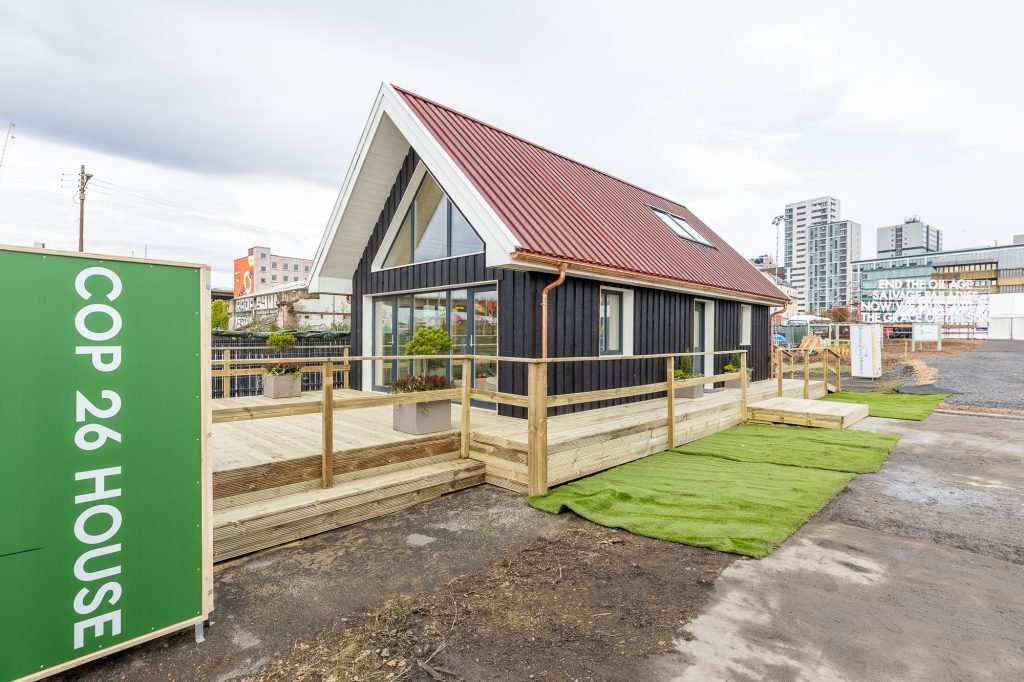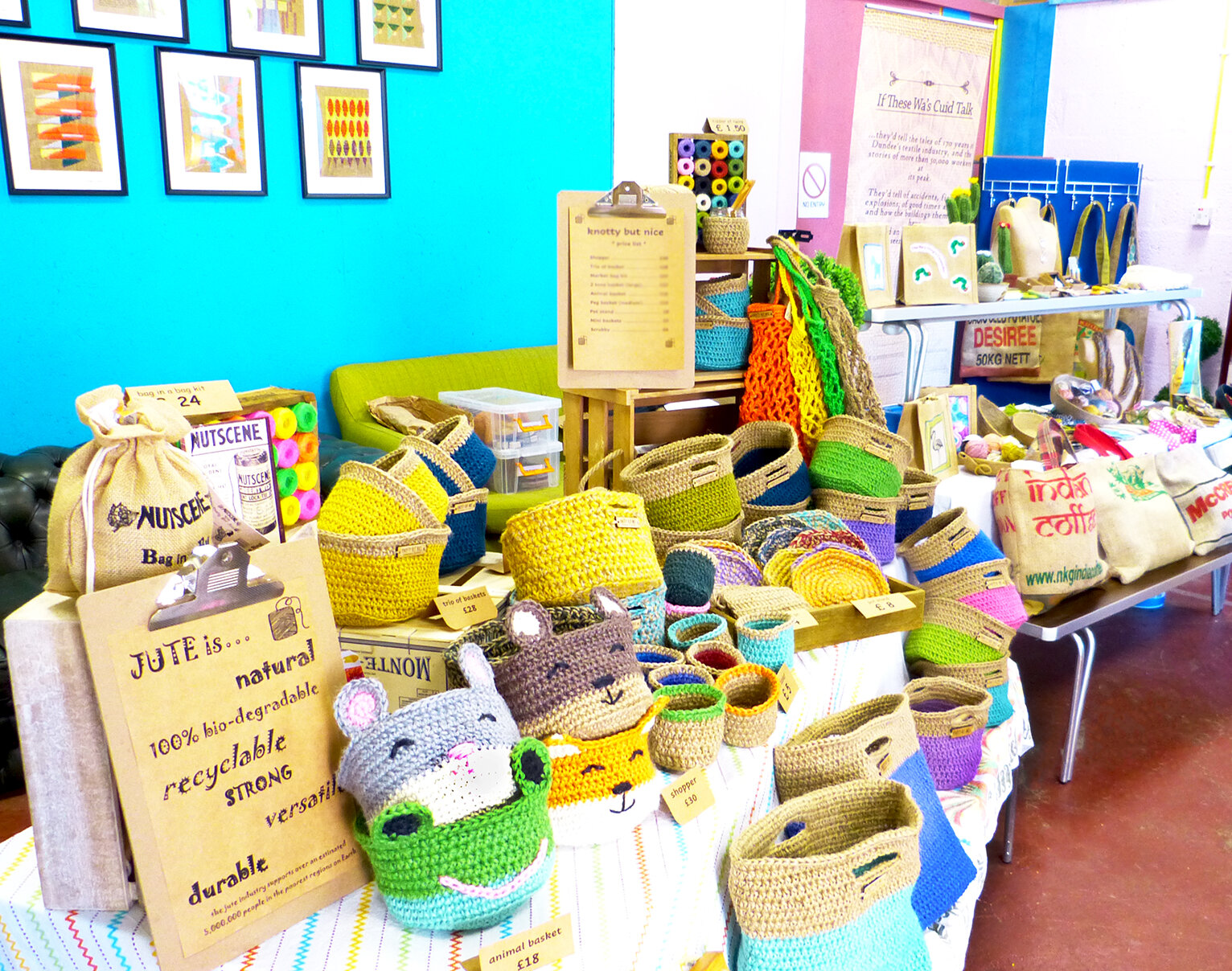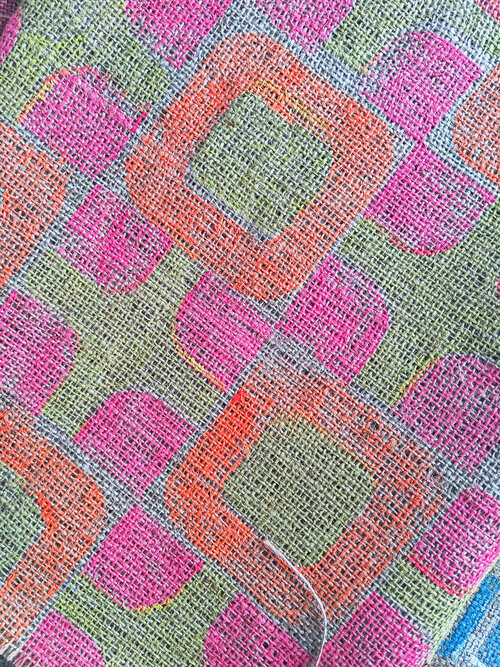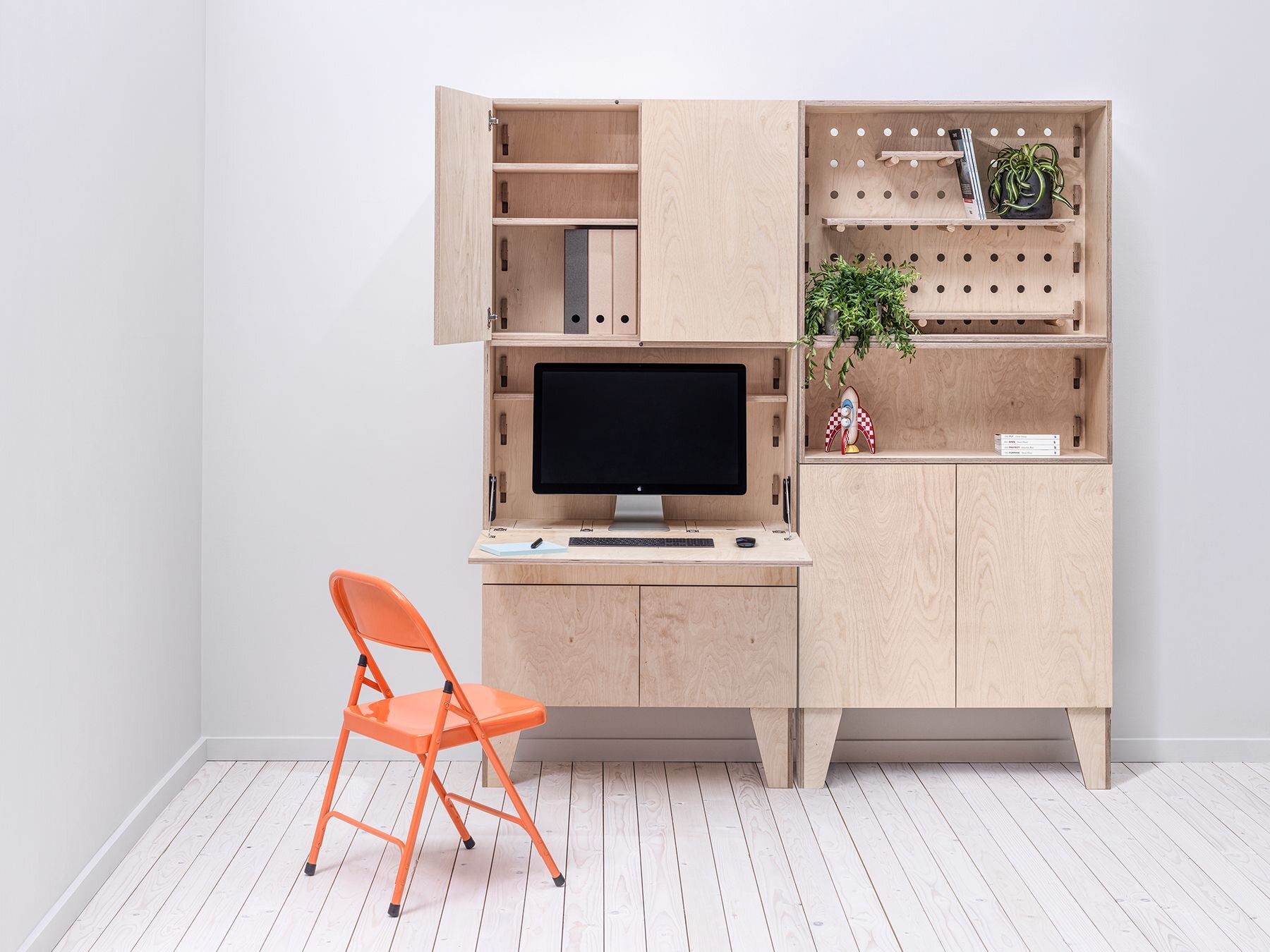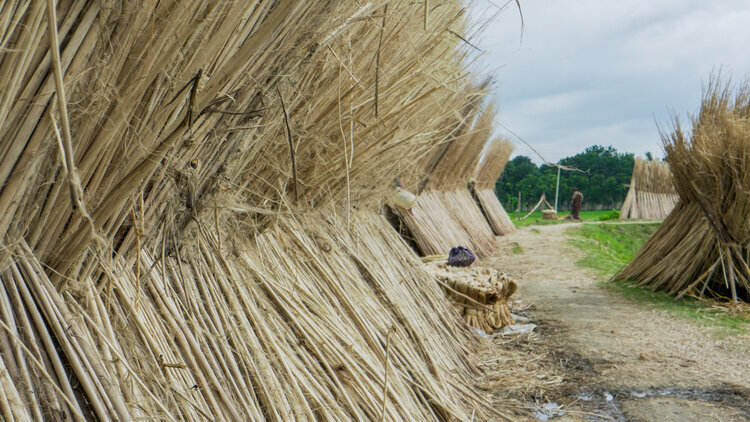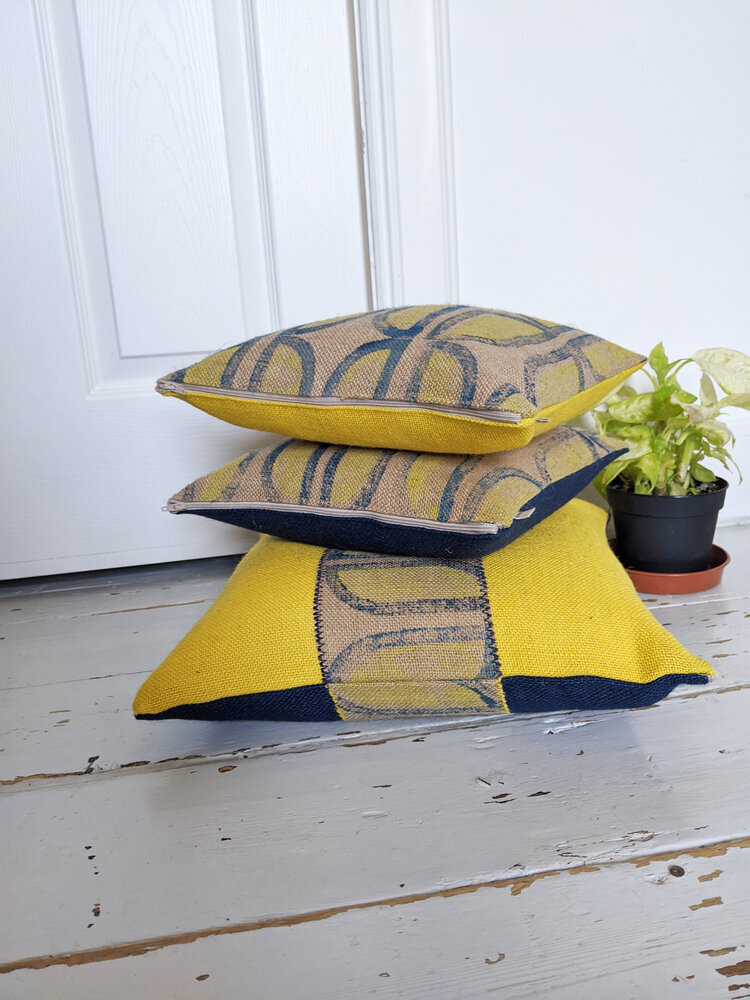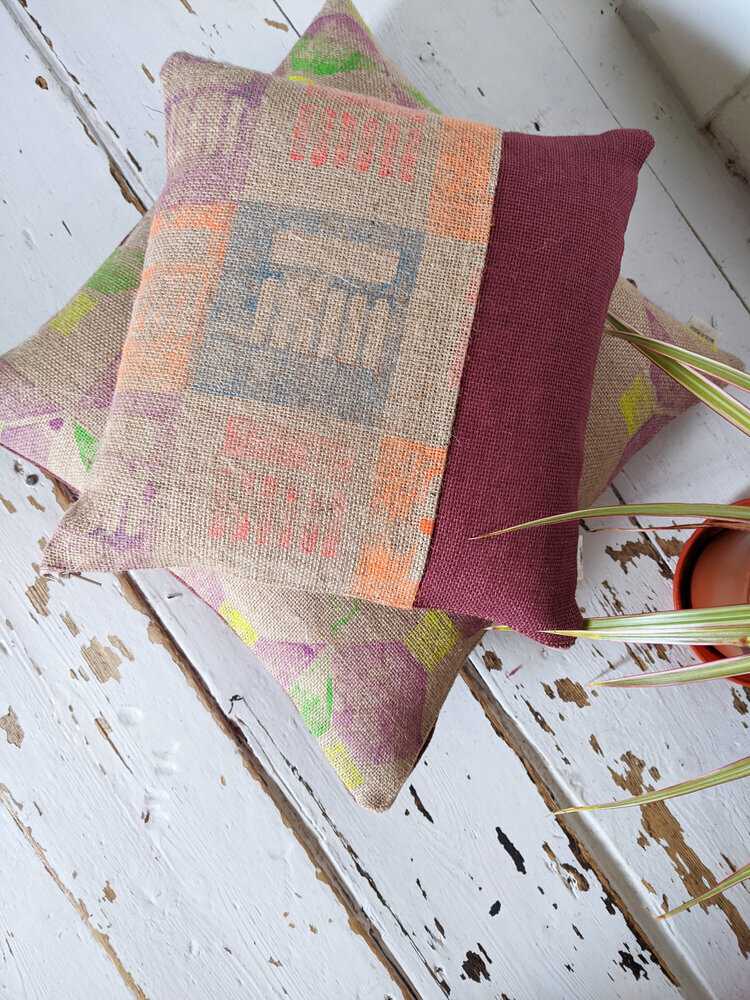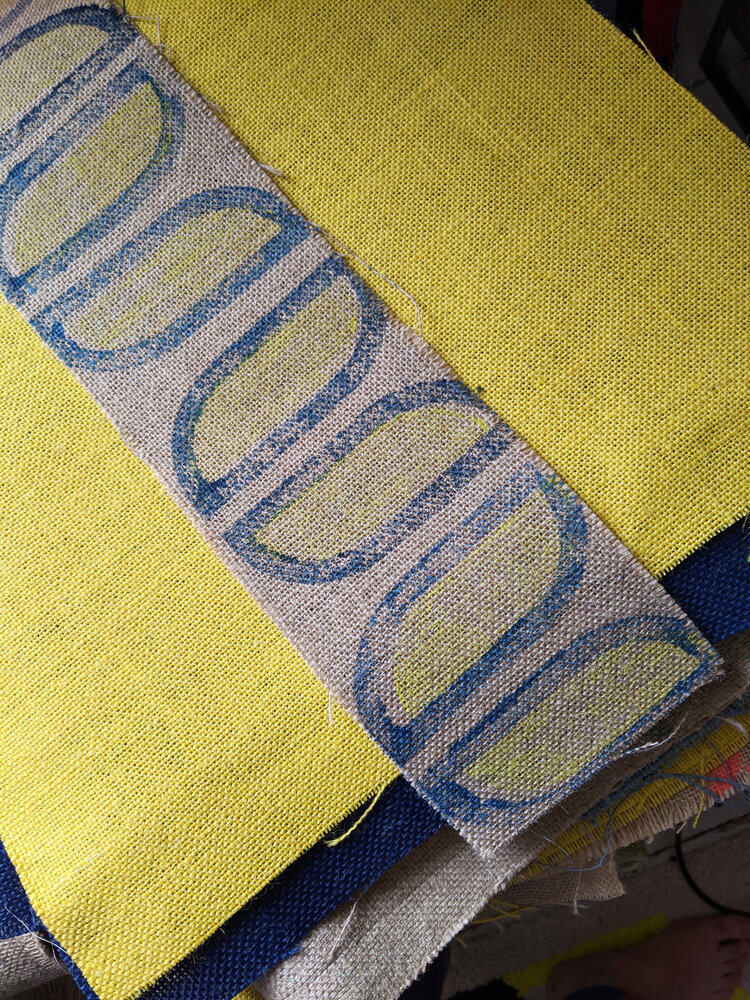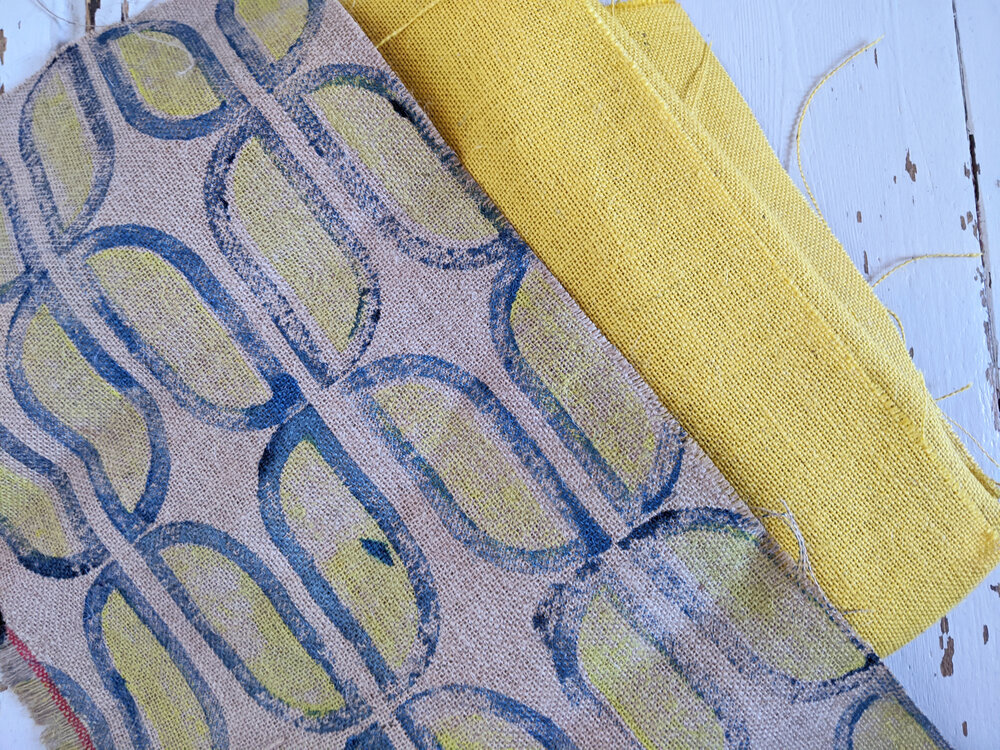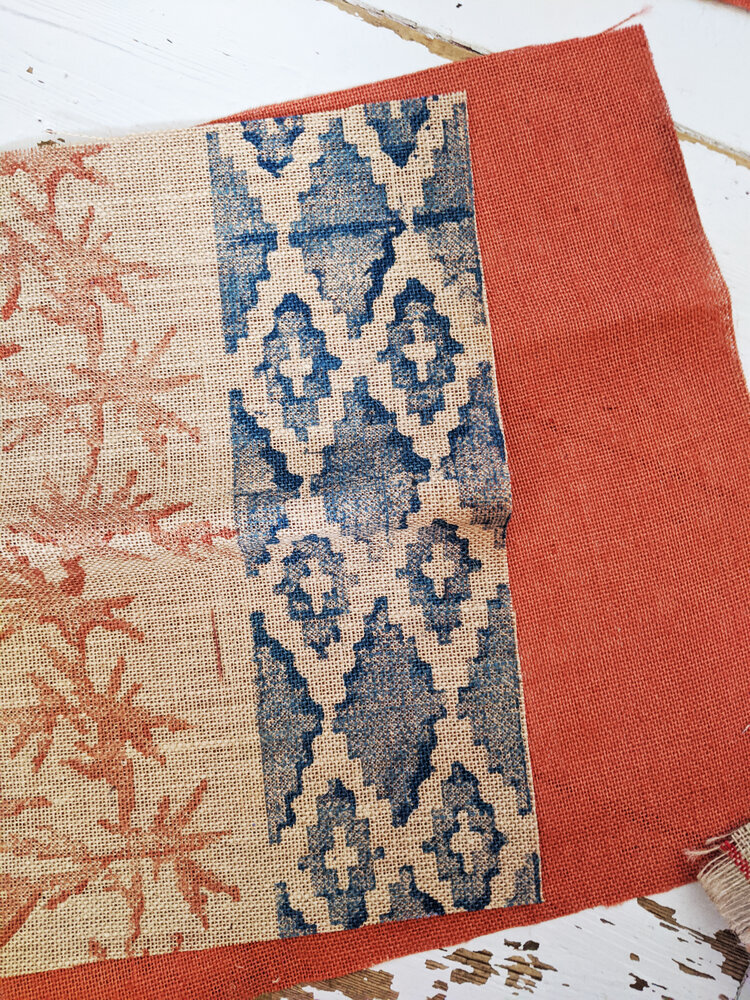there are exceptions though in these regulations: for cover fabrics consisting of over 75% natural fibre, it is enough to pass the cigarette test only, if it is used with a fire resistant interliner cloth that passes a more comprehensive fire resistance test (schedule 3.) it is quite common for cotton and linen blends to be used like this, without excessive chemical treatments. the regulations specify what they mean by “over 75% natural fibre content” - that is cotton, flax, viscose, modal, silk, or wool. not a very comprehensive list, is it? and because other natural fibres such as jute and hemp are not specified, those of us working with these fibres must treat it further to pass the more stringent match test too. luckily, zitozza jutes can be treated for these standards. the treatment does not seem to damage the print or the fabric in any way, and we’re happy to supply it for you to even contract standards.
i am however quite disappointed that in the case of jute (and hemp - probably the two most sustainable fabrics in the world), chemical use is the only route to compliance. i don’t know whether the treatment itself can be made more environmentally friendly, but at the moment it certainly does not seem to be health friendly - many of the chemicals used for such treatments have been found to disrupt hormone function and increase cancer risk. while the EU are moving towards banning many of these chemicals, in the UK the presence of chemicals in the dust remains a huge concern (and a particular worry with jute because it’s such a fibrous material.) it is argued that due to the toxicity of the fumes, these chemicals on the fabrics can actually make house fires more dangerous - the very thing they are meant to improve.
of course, i’m aware that jute in particular in its natural state is flammable. it’s a dry, woody fibre and dundee was notorious for fires starting at the jute mills. it was worse in the past because of the batching oils, but the amount used by the industry today is a lot more reduced, and i’d like to think, or at least test it to confirm, whether its behaviour would be any different from flax or certain types of cotton. these are specified in the regulations as exempt from the match test (with a schedule 3 interliner) and it disappoints me that jute and hemp are not. this makes it difficult for such sustainable textiles to enter the UK market, at a time when there is a huge pressure to make the environmental switch.
currently these regulations are so strict that even floor cushions count as furniture, therefore, while small, decorative cushion covers don’t have to be treated, for cushions over 60 x 60 cm the cover fabric must also pass. personally, i think this is overkill and while i fully trust my supplier with the safety of this treatment, i’m still being cautious with this product range because i’m worried it reduces the eco-friendly nature of these products.
it’s been a tough situation for many businesses trying to promote eco-conscious design, although i’m aware that there is a lot of research into better, less toxic treatments and i have no doubt that things will improve. i just wish the pace of these changes to be in line with the urgency of the environmental situation.
-
links:
FIRA flammability guides (UK domestic) (UK contract)
furniture and furnishings (fire safety) regulations 1988 (UK government)
testing & standards explained (maureen whitmore, interior designer)
house fire facts (first alert, smoke alarm company)
background briefing - flame retardants (breast cancer uk, charity)
the EU’s quest to ban toxic flame retardants (cool products, ngo)
the use of toxic flame retardants and their effects on health (question for written answer by MEPS to the european commission and their written answer)
britons and their unborn children at risk (the independent, newspaper)
why the uk fire regulations are killing eco-design (e-side, furniture business)




